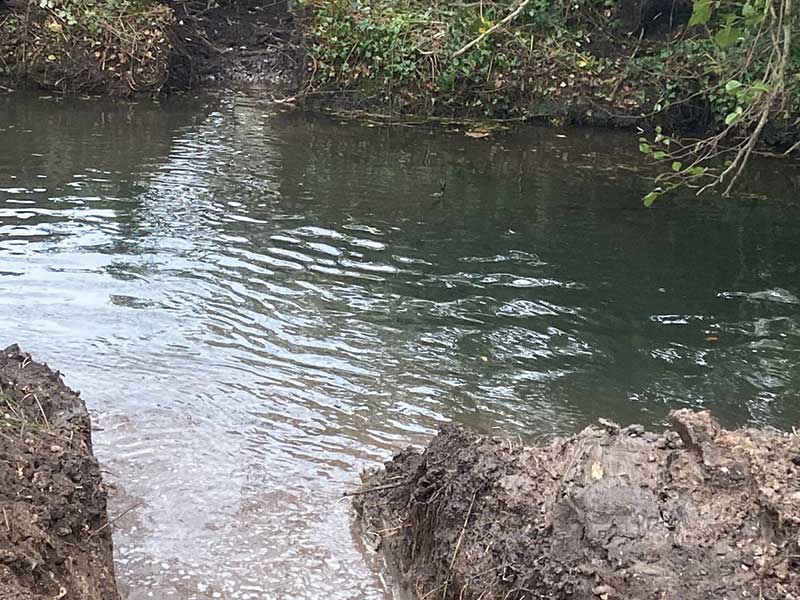Zero-Carbon Emission
Low Running Costs
Incredibly Efficient
Sustainable
Long Service Life

Low Maintenance
What is a Water Source Heat Pump?
A water source heat pump (WSHP) works in the same way a ground source heat pump but it uses the heat energy from water to provide heating and hot water for
your home. Just as with air-source heat pumps, even though the water temperatures are lower than the air temperature you require in your house,
a water-source heat pump can extract energy from the water and turn it into heat.
Energy Collectors
There are several types of heat collectors for water-source heat pumps.
Energy Blades are stainless steel, water-submersible heat exchangers designed to be used in freshwater. The Energy Blade is made up of a pre-assembled bank of four plates with an integral manifold. Multiple banks of four can be connected to increase the capacity if required.
They maximise the energy extraction rate from the smallest possible footprint and are ideally suited to situations in flowing water where a set of slinky pipes would not be practical. However, they are also suitable for use in lakes and still water. One of the advantages of an energy blade is that they are quicker and easier to install, flush and fill, and they require less Glycol than the equivalent length of pipe.
Closed loop system
Sealed pipes are filled with an anti-freeze fluid are submerged under the water. As this fluid is pumped through the pipes, it gathers heat energy in the water. This fluid is circulated back to the heat pump.

Open loop system
An open loop system takes water from a borehole, lifts it to the surface, extracts heat energy and then returns the cooled water to a separate borehole.
The open loop system does not have antifreeze added meaning there is a potential risk that open loop system pipes could freeze as colder water leaves the heat pump. It’s therefore important that there is enough flow of water and correct sizing of the heat pump installation to ensure this does not happen.
Open loop systems are able to move large volumes of water through the heat exchanger – higher than might be possible with a closed loop system, and are therefore often more efficient than equivalent ground or air source heat pumps. However, they also have higher operation and maintenance costs which need to be considered when thinking about total running costs..
In all systems, electricity is needed to power the compressor, but the amount of heat energy delivered to your home is more than the amount of electricity used by the system. This means that installing a heat pump could not only reduce your energy bills but reduce your carbon emissions.



